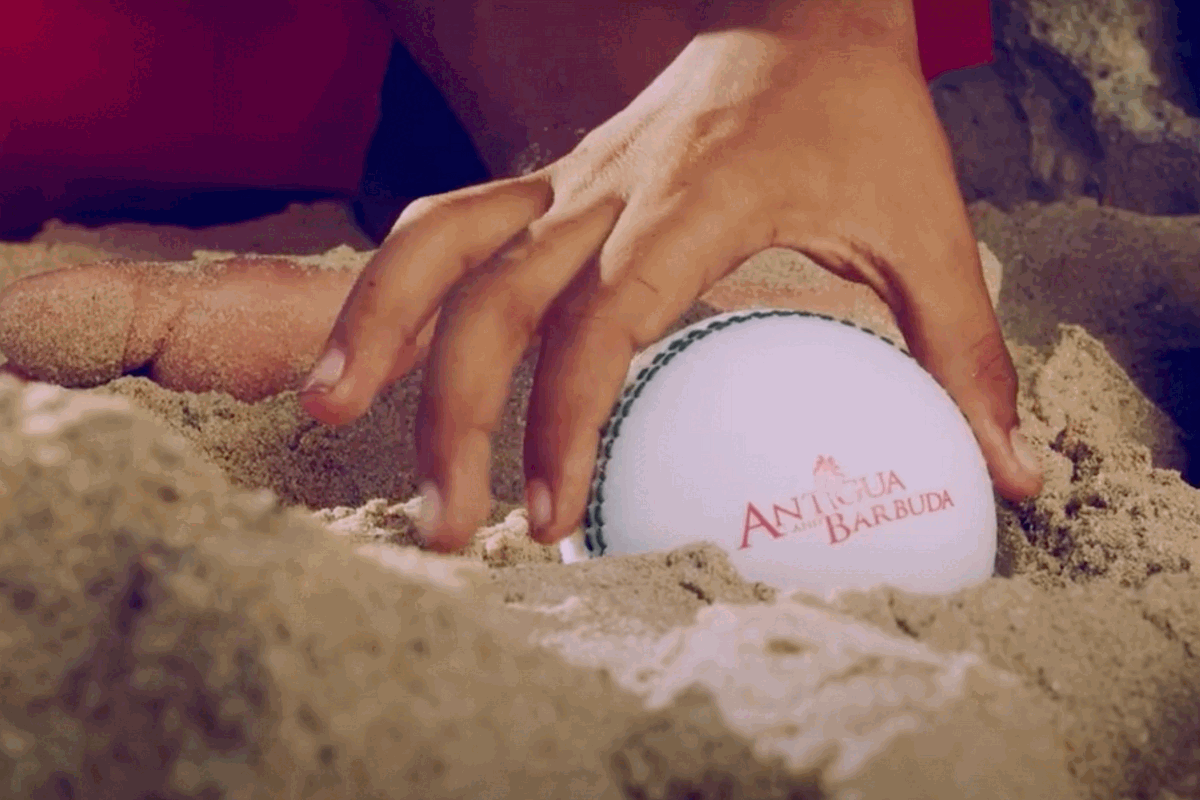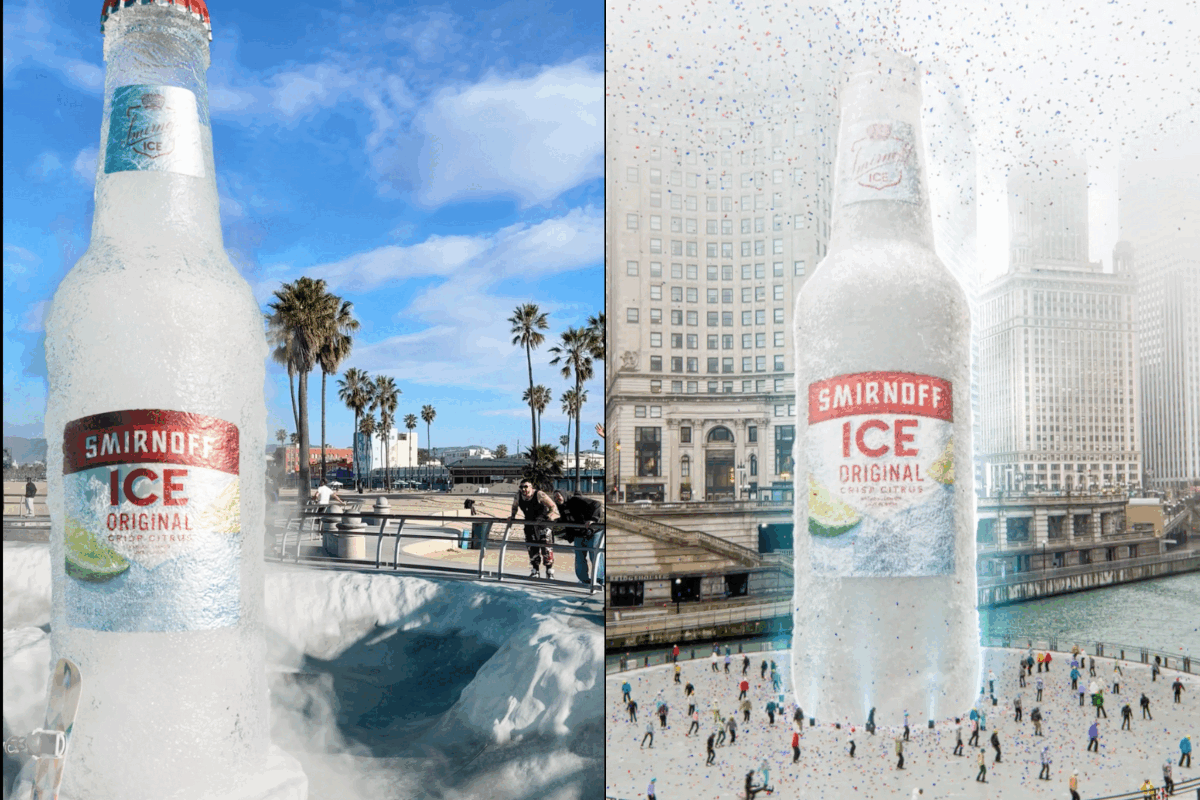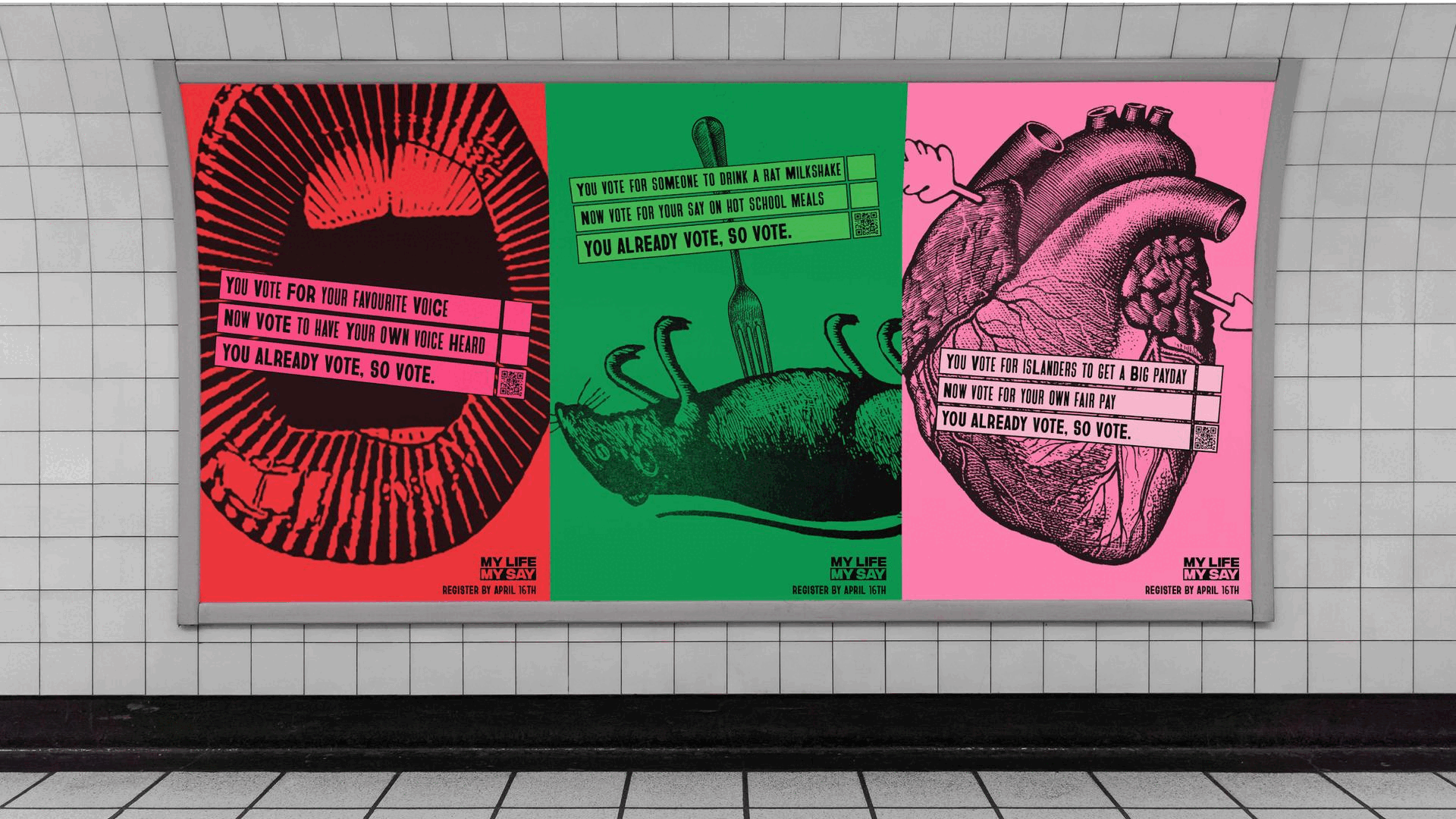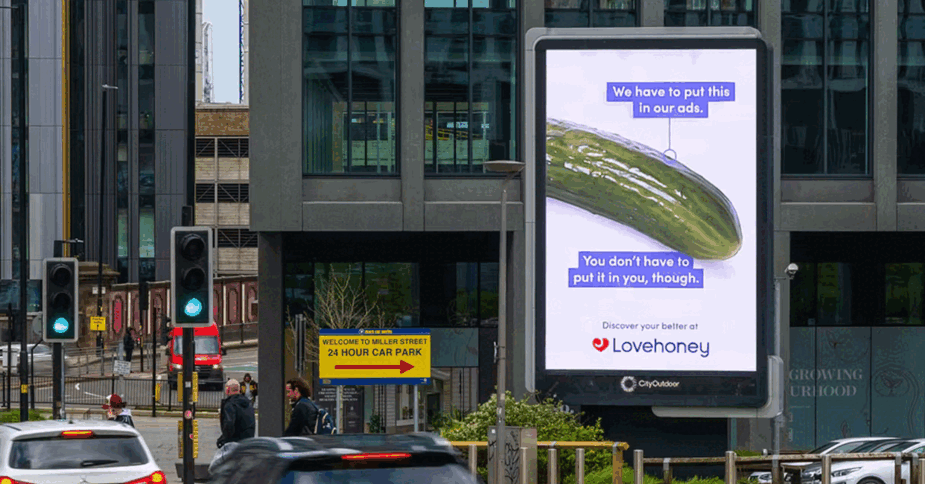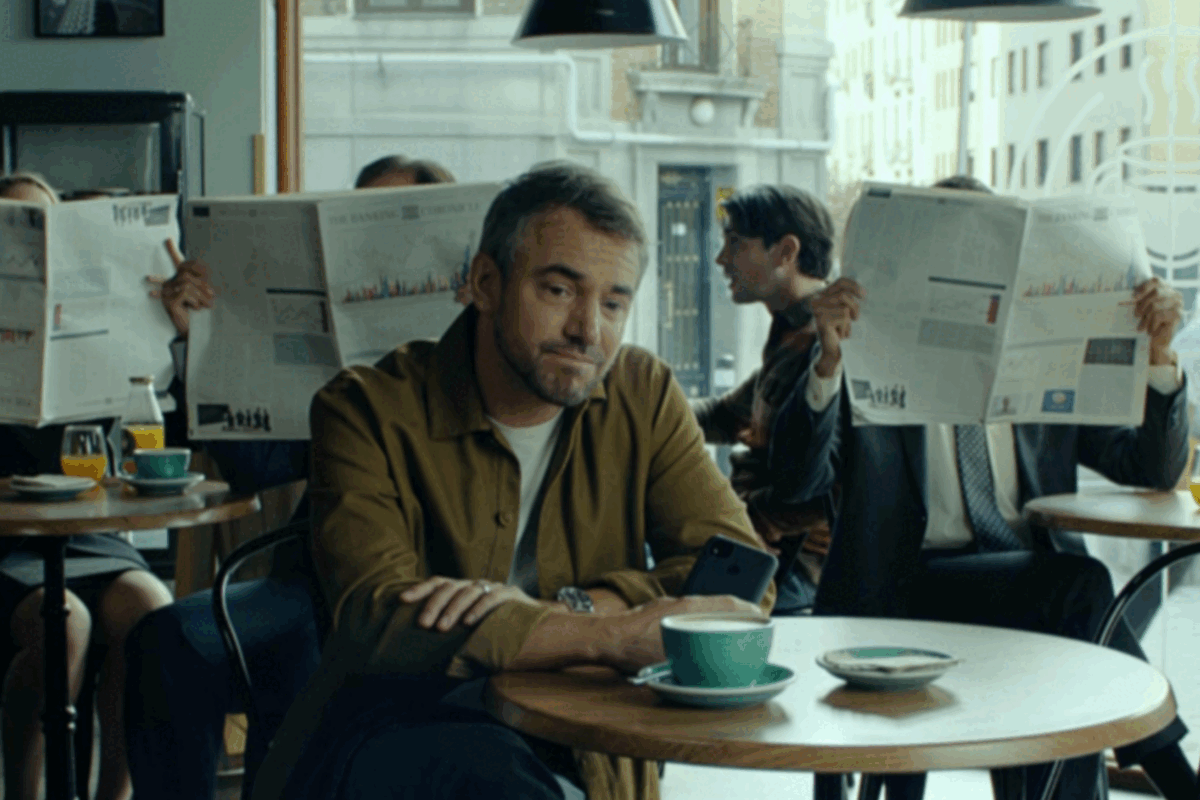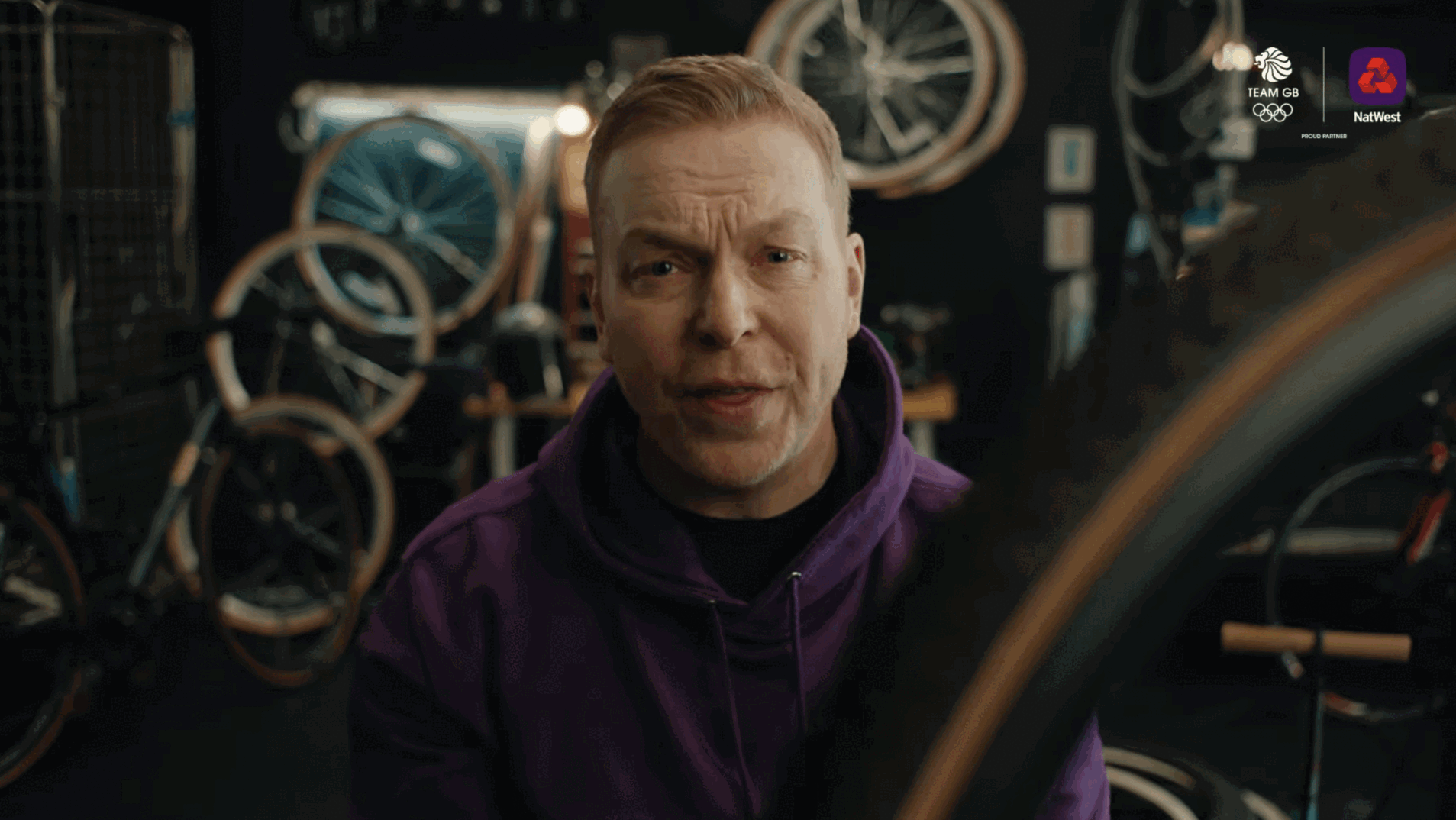Ad tech firms roll out YouTube brand safety measures
- Monday, April 3rd, 2017
- Share this article:
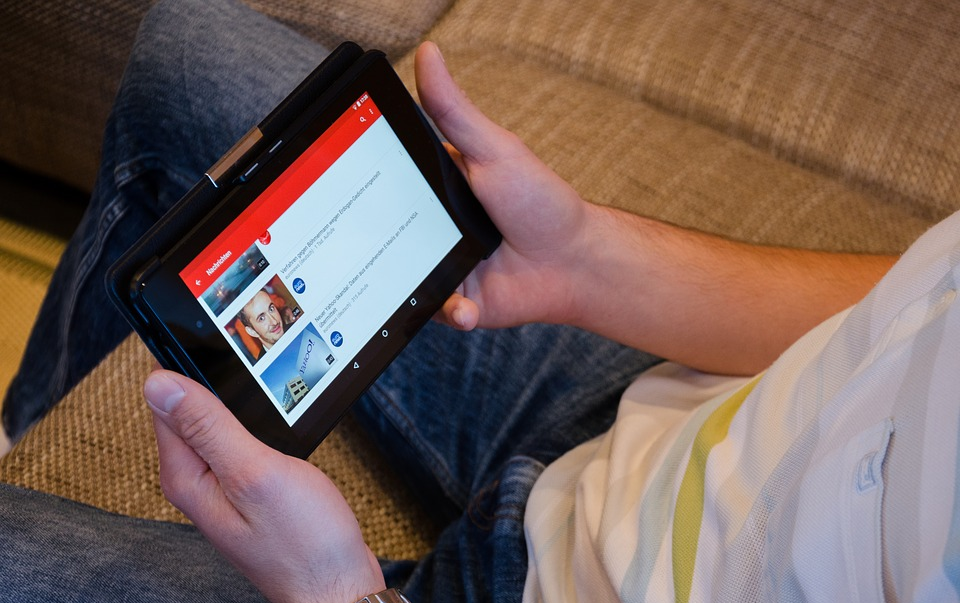
A range of ad tech providers are racing to offer advertisers reassurance as concerns over brand safety on YouTube see more and more companies suspending campaigns or reducing ad spending through the video platform.
Companies including Omnicom and GroupM are aiming to tackle brand safety issues using third-party verification technology, while YouTube itself is reportedly exploring partnering with third-party firms to improve protections, while also calling the problem “very very very small”.
According to CNBC, YouTube will be working with Media Ratings Council-accredited companies including DoubleVerify and ComScore in order to help marketers prevent their advertising from appearing next to “objectionable” content on the platform.
“As part of our commitment to provide even more transparency and visibility to our advertising partners, we’ll be working with trusted vendors to provide third party brand safety reporting on YouTube,” said a spokesperson for the Google company.
Integrating third-party technology is among a number of steps that YouTube has taken in the past few weeks, including hiring “significant numbers of people” to review questionable content, creating rapid response paths for videos flagged as potentially offensive, and providing account-level controls enabling advertisers to exclude specific sites, channels and videos.
Despite these changes, Google’s chief business officer Philipp Schindler called the number of ads running against non-brand-safe content “very very very small” during an interview with Recode. According to Schindler, brand safety had “always been a small problem” but “over the last few weeks, someone has decided to put a bit more of a spotlight on the problem.”
“YouTube’s new agreements with DoubleVerify and ComScore are raising the profile of an important step towards clearing any murky waters around programmatic,” said Jonathan Gardner, vice president of communications at Amobee. “Publishers must have rules, regulations and monitoring in place, as well as cutting-edge tools that prevent and monitor bad actors. But everyone can contribute to a healthier and safer environment by doing his or her part.
“The DSPs should ensure that they are representing quality advertisers who actually serve the ad they’ve declared. They must ensure that ads from their clients don’t contain malware and have a responsibility to share information, such as abnormal click activity to add yet another layer of protection. The exchanges, with the most access and control of all, should monitor new publishers signing up, leverage third-party fraud monitoring, and monitor for suspicious activity with internal tools as well.”
YouTube isn’t the only firm offering advertisers a solution, however. Holding group Omnicom is introducing a new brand safety drive that will sift through hundreds of thousands of YouTube videos a day to ensure they are safe for advertisers to appear next to, according to Advertising Age.
The firm will employ a mix of machine-driven and human verification, and will score posts for brand safety, with appropriate videos whitelisted for advertisers. Omnicom handles the budgets for a number of the world’s largest companies, including Procter & Gamble, Volkswagen and McDonald’s.
Media investment firm GroupM is engaging in a similar brand safety initiative, working with social video analytics firm OpenSlate to enhance brand safety for its YouTube media buys.
OpenSlate’s data platform technology scores YouTube content for quality and brand safety, providing advertisers with contextual information that enables them to steer their campaigns. The WPP-owned agency is aiming to improve brand safety in both Google Preferred environments, and in auction-based inventory bought through DoubleClick or AdWords.





